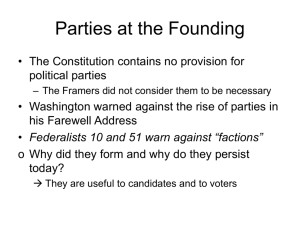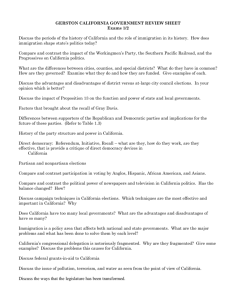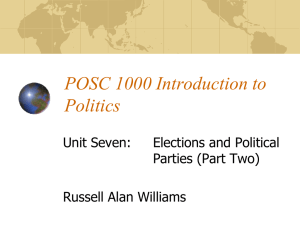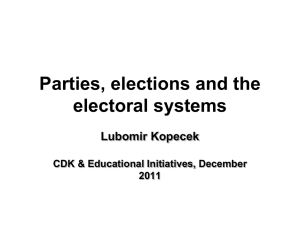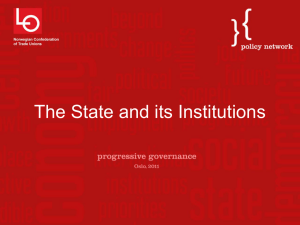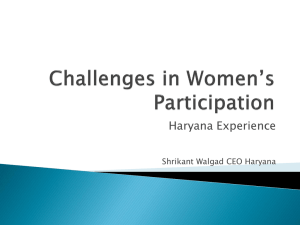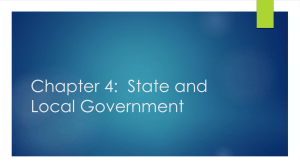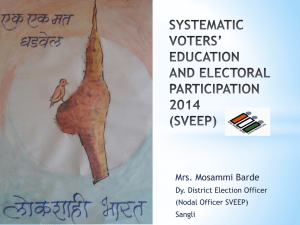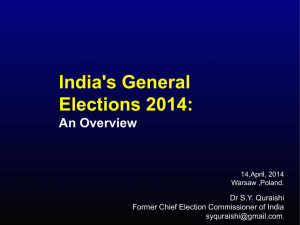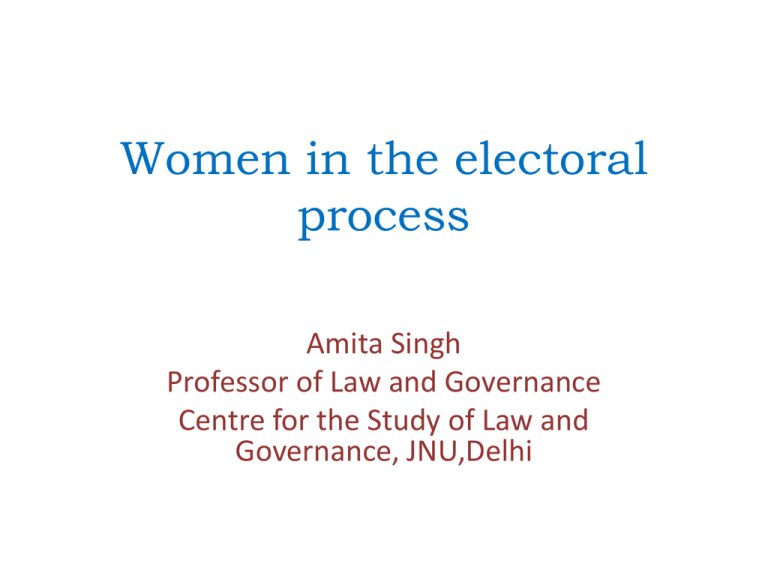
Women in the electoral
process
Amita Singh
Professor of Law and Governance
Centre for the Study of Law and
Governance, JNU,Delhi
Two pronged winning strategy
Increased registration of women
voters
• ECI’s special effort to bring out
women voters in constituencies
where the voter sex ratio lagged
behind the sex ratio in the
Census.
• sex ratio improved from just
788/1000registered women/Men
voters to 804/1000in one year in
Delhi
• Parliamentary elections:2004
elections only 795 women voters.
2009=939/1000 eligible voter
population/913 registered /846
voted.
Motivating women to cast vote
The M-W voters’ Gap is now bridged
Rising Women’s
Suffrage and
Confidence
Building Measures
• In Uttar Pradesh, eligible female
voters turned out at a greater
rate 60.29 % to 58.82%.
• Chhattisgarh’s 77 %of women
voters to76 %men.13 seats
reserved for Scheduled Tribes
(STs) reported more women
voters than men.
• In Rajasthan, percentage of
women voters was higher than
men voters in 197 seats out of
the 199 that went to polls.
• In Goa women voted at a greater
rate than men, 85.97 % to 79.67
%.
Electoral participation: 50 percent
section of the society gets a 10 percent
share
• The actual election of women has not significantly
changed. It remains between a range of 7 to 11
percent.
• women in the 15th Lok Sabha is 10.7 percent.
• In the Fifteenth General Elections, 2009, 556 female
candidates contested the elections and 59 got elected.
• the nearest when women members could reach this 50
mark was in the 13th Lok Sabha in the 1999 elections,
when 49 women candidates were elected. It was barely
9.02 percent of the total Lok Sabha seats.
Drawbacks to electoral activism
• Criminalization and patriarchal family
structures
• Weak leadership in governance except CBOs
and SHGs.
• Low workforce participation
• Confidence building measures in pockets need
to be broadbased.
Avoiding Criminalization:Women
contest on assured support only
• There were 342.2 million female electors in
the Fifteenth General Elections in 2009 out of
which 55.8% exercised their voting rights.
There were 374.7 million male electors and
60.3% exercised their voting rights.
• The winning % of women was 10.6 as
compared to 6.4% males
Weak leadership in Decision Making
• In 2013, women occupied only 12 out of 78 Ministerial
positions in the Central Council of Ministers.
• There were 2 women judges out of 26 judges in the
Supreme Court .Only 52 women judges out of 614
judges in different High Courts.
• Only one woman Chief Election Commissioner for a
month Ms. Ramadevi.
• As per Census 2011, 73.0% of the population is literate
comprising 64.6% females / 80.9% males. The
incremental increase over Census 2001 of 10.5% for
females / 5.0% for males.
Workforce participation
• As per Census 2011, the workforce
participation rate for females at the national
level stands at 25.51% compared with 53.26%
for males.
• In the rural sector, females have a workforce
participation rate of 30.02% compared with
53.03% for males.
• In the urban sector, it is 15.44% for females
and 53.76% for males.
Informal participation preferred
• This implies that
women play the role of
Spectator and not of
active members of the
decision making
process.
• Prefer to lead a selfhelp group rather than
a constituency
Findings: pro-women electoral
reforms
• Section 34 should be suitably amended so as to
empower the Commission to prescribe high
security deposit waiver for women.
• Criminals be barred, SLP (No. 9204-05/2004- ECI
Vs. Jan Chowkidar (Peoples Watch) & Ors.) is
pending
• [Sub-Section (7) of Section 33 of the
Representation of the People Act, 1951], a person
can contest a general election or a group of byeelections or biennial elections from a maximum
of two constituencies.

